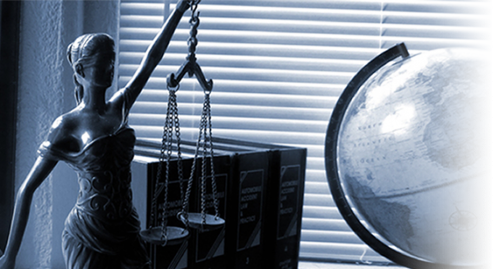“In the State of Artistic Freedom report – a research publication produced annually – Freemuse provides an analytical examination of violations to the right to freedom of artistic expression documented through 2020 and present some of the most prevailing restrictions. This report is based on the analyses of 978 incidents where this right was violated, documented in 89 countries and online. In addition to statistical data, Freemuse also utilises qualitative interviews with 70 artists and relevant experts, providing personal experiences, reflections and insights about the limitations put on artistic freedom. Aiming to illustrate varying problems and obstacles artists face in different parts of the world, Freemuse also provides analysis of the state of artistic freedoms in 15 countries: Bangladesh, Belarus, Brazil, China, Cuba, Egypt, India, Iran, Kenya, Kuwait, Nigeria, Russia, Turkey, Uganda, and the United States of America. The report demonstrates that although artistic expression has been under attack by different actors (including political and religious groups, social media platforms and private individuals), different government authorities instigated violations in 60 percent of documented cases. This data illustrates that governments and state-funded bodies remain the biggest threat to artistic expression, as well as that nationalist and populist authorities stay determined to silence varying ways of voicing political dissent.”

